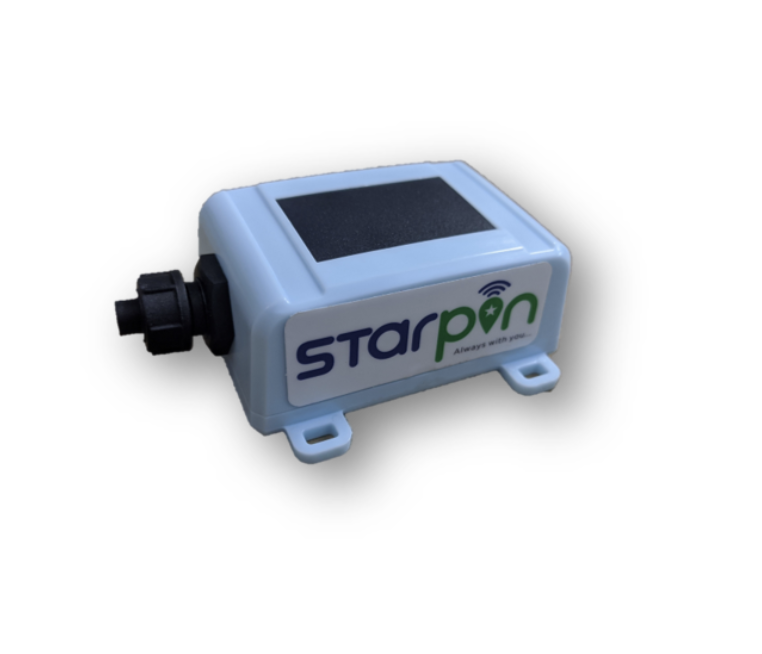What Is A Remote Monitoring System?
In today’s digital age, remote monitoring systems have become an essential tool for businesses, organisations, and even individuals. This is because they allow users to monitor and control various processes or systems from any location. To function, these systems use sensors, cameras and other devices to collect and transmit data. As a result, they provide real-time insights into the status and performance of critical equipment and processes.
Examples of Remote Monitoring Systems?
Remote monitoring systems are great for industries such as healthcare, manufacturing, agriculture and energy.
In healthcare, remote monitoring systems help monitor patients’ vital signs. They also alert healthcare professionals if there is a change in their condition. In fact, you can read about how these systems helped health care professionals during the pandemic here.
Likewise, in manufacturing, remote monitoring systems monitor equipment and ensure that it is running efficiently. They also help detect potential issues early—before they escalate into serious problems. Dewesoft’s DAQ Monitoring Applications Case Studies Booklet showcases a wide range of real-world examples. You can explore them here.
Remote monitoring systems can also help monitor moister and fertiliser levels in agriculture. By installing moisture sensors throughout a field, farmers can monitor the content of soil in real-time. This information can be used to ensure that crops receive the right amount of water and other nutrients at the right time. You can read about our star pin solution for monitoring fertiliser levels here.
The Advantages
One of the biggest advantages of remote monitoring systems is that they save time and money by detecting and addressing issues before they cause significant damage. For example, if a machine in a manufacturing facility starts to malfunction, these systems will alert maintenance personnel and allow them to address the problem before it causes a shutdown or a costly repair.
Another advantage is that they improve safety by allowing personnel to monitor hazardous environments from a safe location. For example, in the oil and gas industry, these systems monitor oil rigs and pipelines without the need of personnel close by. As a result they reduce accidents involving employees and alert users to issues that could otherwise cause harmful environmental damage.
Improving Efficiency
Remote monitoring systems also help improve efficiency. They do this by providing real-time data that’s used to optimize processes and reduce waste. For example, in agriculture, systems monitor soil moisture levels. As a result, farmers can optimize irrigation and reduce water usage.
Overall, remote monitoring systems are a valuable tool for businesses and organizations looking to improve efficiency, reduce costs, and improve safety. With the continued advancement of technology, these systems are likely to become even more powerful and versatile in the years to come.
